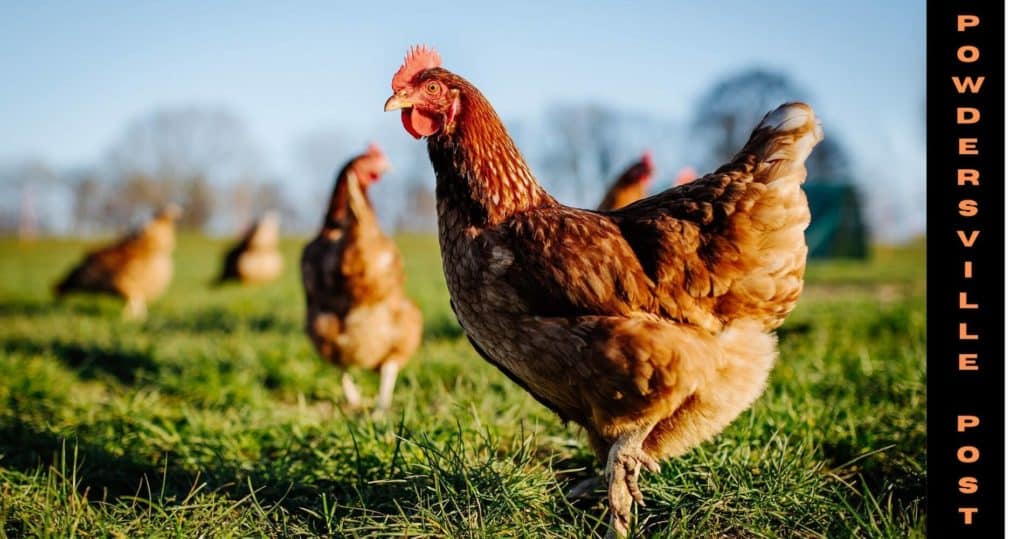Disease Resistant Pathways Found In Chicken – Latest News!
Nikki Attkisson | Last Updated : January 28, 2022According to recent studies conducted by the University of California, Riverside on the 25th of January, 2022 biomedical scientists have come up with the discovery that chickens have an immune pathway that the different viruses are targeting.
Disease Resistant Pathways Found In Chicken – Latest News!
This discovery has implications for diseases that are in other birds too, and their immune responses to some zoonotic. Viruses. It’s eye-catching because of its reactions experienced by humans.

What are zoonotic diseases?
Zoonotic diseases are referred to those diseases which are caused by germs that spread between animals and people. These diseases are also called zoonoses.
How do these diseases spread in humans from animals?
Animals are an essential part of human life. Animals provide many benefits to humans, such as food, fiber, livelihood, travel, sport, companionship, etc. Due to animals being so close to human’s day-to-day life it is not that hard to transmit diseases. Here are some ways in which these diseases are spread among humans:
• Direct Contact – If the body fluids of any bird or animal infected with the virus come in contact with a human body then the chances of the disease being transmitted is possible. Examples of somebody’s fluids are saliva, blood, urine, feces, etc. This contact can be through bites, scratches, petting, etc.
•Indirect contact – If you come in contact with certain areas where there was a presence of the animal earlier. The areas where the animals roam around or surfaces that are contaminated by the germs from the animals. Examples are aquarium tank water, plants, soil, etc.
• Vector-borne – If a person gets bitten by a mosquito, insect, tick, or flea that had earlier contacted infected animals.
• Foodborne – By eating or drinking something unsafe such as uncooked meat, uncooked eggs, milk (unpasteurized), etc. Which might be contaminated with infected animal feces.
• Water-borne– If water gets contaminated with feces of infected animals and you drink it or come in contact with it, can spread to you.
Examples of Zoonotic diseases are?
Influenza A, cat scratch disease, Histoplasmoses, etc are some of the zoonotic diseases around.
There are some interesting studies conducted now which spreads light on how these pathogens get inside animals’ or birds’ bodies and how the birds are immune from these pathogens which might infect diseases in humans.
The virus targets the immune pathway in the chicken’s body.
This study was conducted by Scott Pegan who is a biomedical science professor at The University of California, Riverside School of medicine.
Let us first know,
What is OSAL?
OSAL is a protein that helps in producing a die-hard immune response to any viral infection in birds.
What is ISG15?
It is an interferon-induced protein that implicates the host antiviral response. This is present in mammals and other non-avian reptiles.
What are the findings of this research?
According to Pegan and his researchers, the findings are as follows:-
- Chicken OSAL has features similar to the ISG15. It was analyzed after studies on 6 different bird species that the feature is only limited to avian OSAL’s
- Studies showed that the avian OSAL had a sequence motif of Amino acids which was LRLRGG. The motif helps the OSAL to pair with other protein hosts which create a host antiviral pathway.
- The region of protein from which the motif belongs has identical atomic structure that of ISG15.
- OSAL at plays a bit of the role ISG15 plays in other animals
- In humans the virus has a protein which removes ISG15 and ubiquitin. Compared to these OSAL are 4 times larger than the ISG15 and has different areas to function for it .
- Mammals also have OSAL’s but don’t have the motif to conjugate other protein, which prove birds have evolved to figure out the centralize function done by ISG15 and different immunological pathways.
This substitute or secondary immune pathway is what chickens have and Scott Pegan discovered it.
Conclusion
This research can be used to develop better vaccines and treatment which can trigger this pathway in chickens to wear off the disease. It would help in creating poultry more disease resistant if the pathway’s potency can be enhanced.
With over 15 years as a practicing journalist, Nikki Attkisson found herself at Powdersville Post now after working at several other publications. She is an award-winning journalist with an entrepreneurial spirit and worked as a journalist covering technology, innovation, environmental issues, politics, health etc. Nikki Attkisson has also worked on product development, content strategy, and editorial management for numerous media companies. She began her career at local news stations and worked as a reporter in national newspapers.
